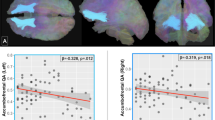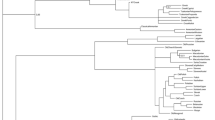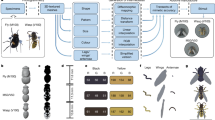Abstract
I THANK Sir Ray Lankester for the complimentary expression with which he begins his letter (NATURE, March 21) and for the friendly feeling which prevents him saying I am quibbling. However, he gives his reason for thinking I am quibbling. I will admit my offence if he will indicate precisely how an inborn trait is more inborn and less acquired than an acquirement. In my letter I implied that by “acquired character” biologists mean a trait developed under the influence of use or injury. Sir Ray Lankester insists that I am wrong. He says that Lamarck, the original user, employed the term to indicate a trait which is “abnormal”, because the individual who developed it was exposed to an “abnormal environment”. To quote his own words, “The new character or characters developed in response to the abnormal environment (which we assume to be allowed to act on the growing individual only, and not on its parents) are called by Lamarck— and those who wish to discuss Lamarck's theory—‘acquired characters’ (changements acquis). The word acquire' is used to mean something ‘added to’ or ‘changed in’ the normal form of the species”. He adds “That, I take it, is Lamarck's meaning, and it is what I, and others, have for more than twenty-five years accepted”.
This is a preview of subscription content, access via your institution
Access options
Subscribe to this journal
Receive 51 print issues and online access
$199.00 per year
only $3.90 per issue
Buy this article
- Purchase on SpringerLink
- Instant access to full article PDF
Prices may be subject to local taxes which are calculated during checkout
Similar content being viewed by others
References
Wallace, âœDarwinismâ, p. 3.
âœWeismann on Heredityâ, English translation, 2nd edition, vol. i., pp. 83â4.
Romanes, âœDarwin and After Darwinâ, vol. i., p. 255.
Author information
Authors and Affiliations
Rights and permissions
About this article
Cite this article
REID, G. Acquired Characters and Stimuli. Nature 89, 112–113 (1912). https://doi.org/10.1038/089112a0
Issue date:
DOI: https://doi.org/10.1038/089112a0



